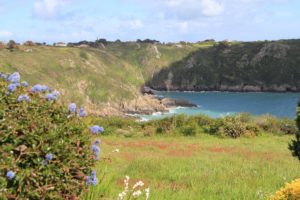Guernsey Fact sheet
Guernsey is about 10 kilometres long and five kilometres wide. You will never get lost on Guernsey, even if you stray a little off course, within a radius of a few hundres metres you will always emerge in a town or at the coastline. As regards its size, Guernsey can be best compared to Ameland and Jersey to Terschelling.
Small-scale agriculture
The channel island of Guernsey is a striking example of small-scale agriculture. On the island you will find about 1400 cows. The milk for the Guernsey butter is supplied by fifteen farmers who each has 93 cows on average. Read more about Guernsey agriculture.
Landscape
Guernsey is the most picturesque of all the islands. An island of beaches, granite and gneiss cliffs, valleys, gorges, rippling creeks and leafy countryside. The wealth of flowers is amazing. In spring and early summer the mimosa, the tamarisk, the camelia and the fuchsia are to be seen everywhere. The roads are lined with daffodils, primroses, violets, blackberry bushes and hydrangea. Even in early April the evergreen gorse and bluebell are to be seen.
Each channel island has magnificent coastlines with charming bays, imposing rocks, ravines and caves. There are no motorways on Guernsey, only a network of narrow roads zig-zagging across the island. For these reasons Guernsey is particularly popular with hikers.
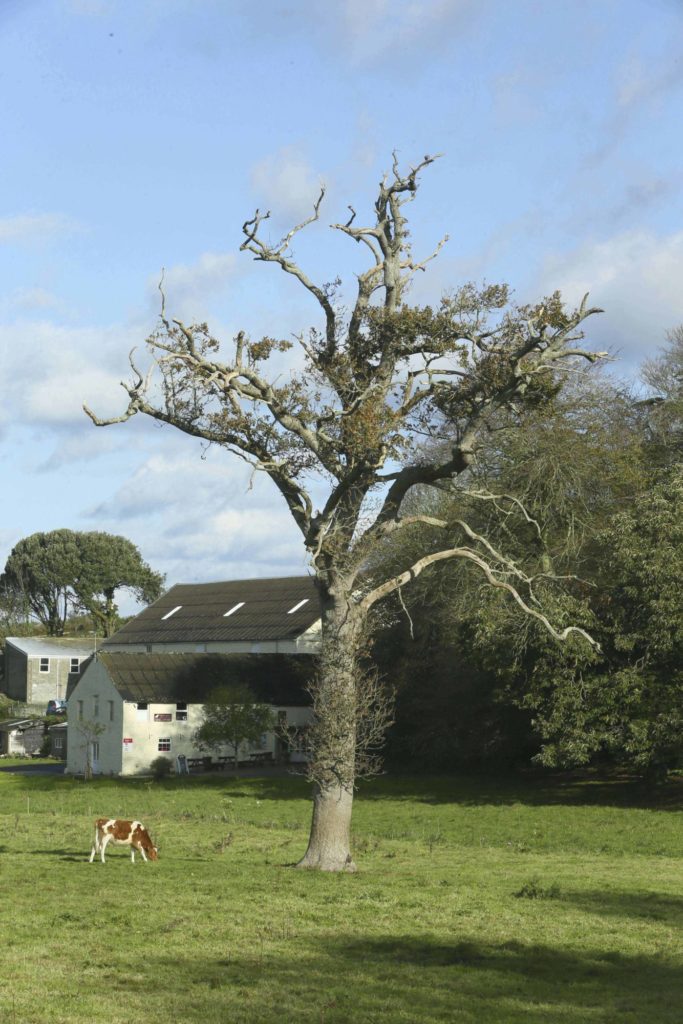
Hospitality
You are made welcome here by good old English hospitality plus a touch of the French “joie de vivre”.
The atmosphere here is one of geniality and simplicity. There is no such thing here as mass tourism. The visitor can find peace and quiet in the unspoilt and peaceful scenery.
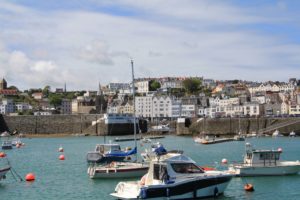
The Political System
Despite the fact that the Channel Islands are so near France, they have been part of the British Crown for centuries. Victor Hugo once said:” They are small fragments of France that fell into the sea and were picked up by England”.
Nevertheless, they are not part of the United Kingdom such as Wales and Scotland, but they are part of the British Isles and have their own government, laws and tax system.
Guernsey is, together with Herm, Sark and Alderney, a bailiwick. In the Middle Ages a bailiff in Western Europe was a civil servant who represented the king in a certain area. The Bailiff is the head of the administration and the judicial system and is appointed by the English Crown. Guernsey also has its own parliament, which works in a slightly different way to the British parliament.
The islands do not have political parties: you vote for individuals. The land is not organised into municipalities but parishes (religious communities).
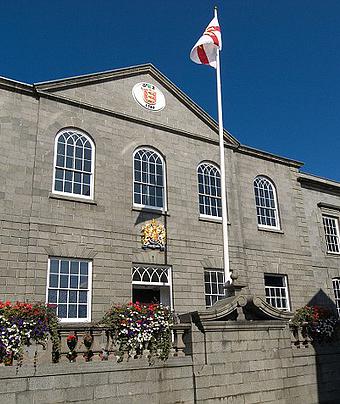
Tax haven
The past forty years the Channel Islands have become rich by emerging as tax havens, resulting in very little unemplyment. Banks and mail order companies have become the most important income sources and do not need to be paid in Guernsey.
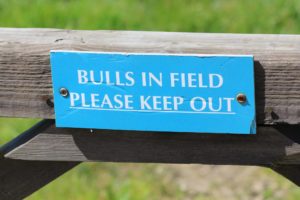
The Guernsey Butter Club visits Guernsey every other year.


